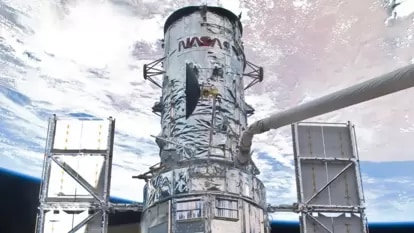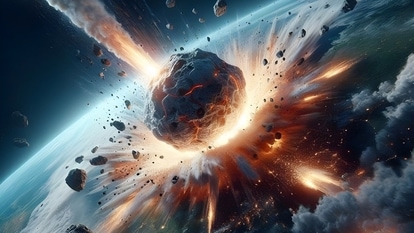NASA Astronomy Picture of the Day, May 27, 2023: This asteroid has a moon!
NASA Astronomy Picture of the Day for May 27 features Asteroid 243 Ida with its moon Dactyl.
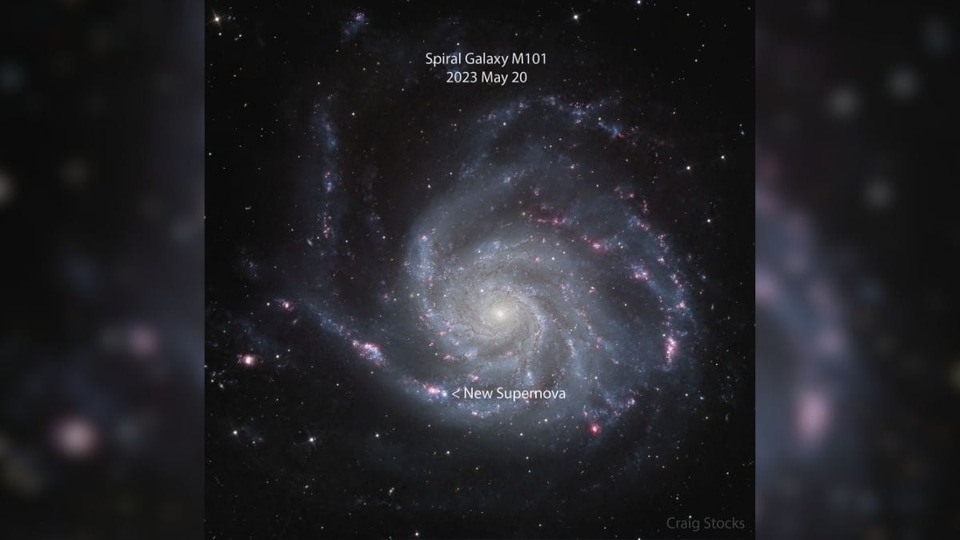
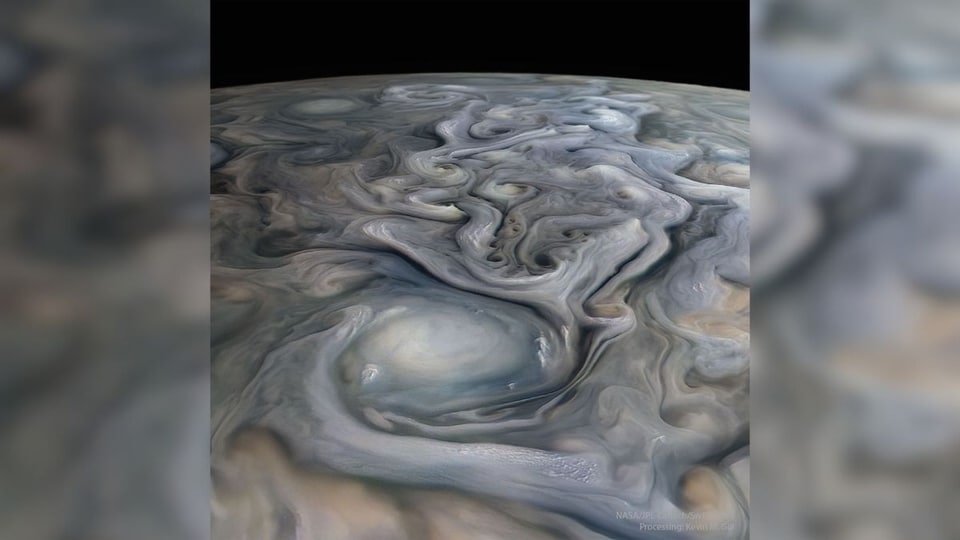
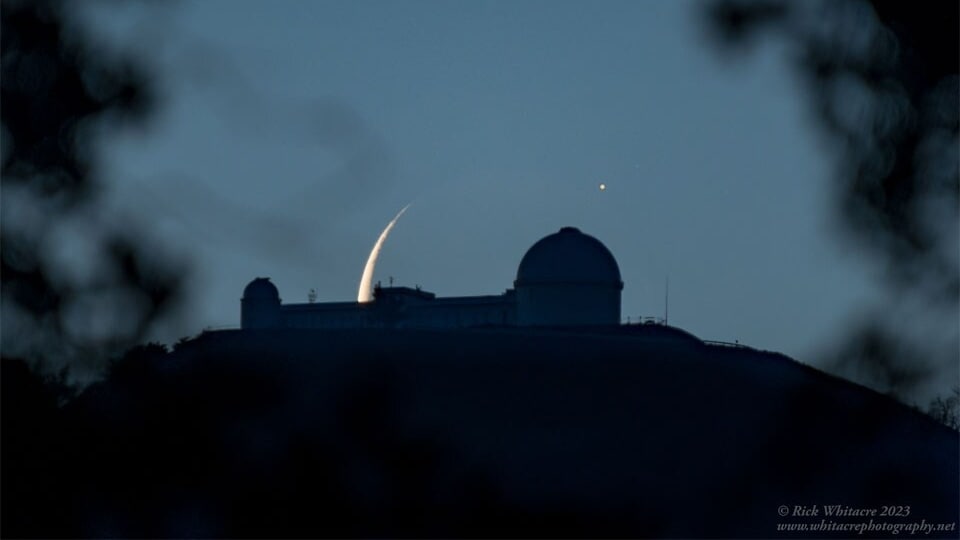
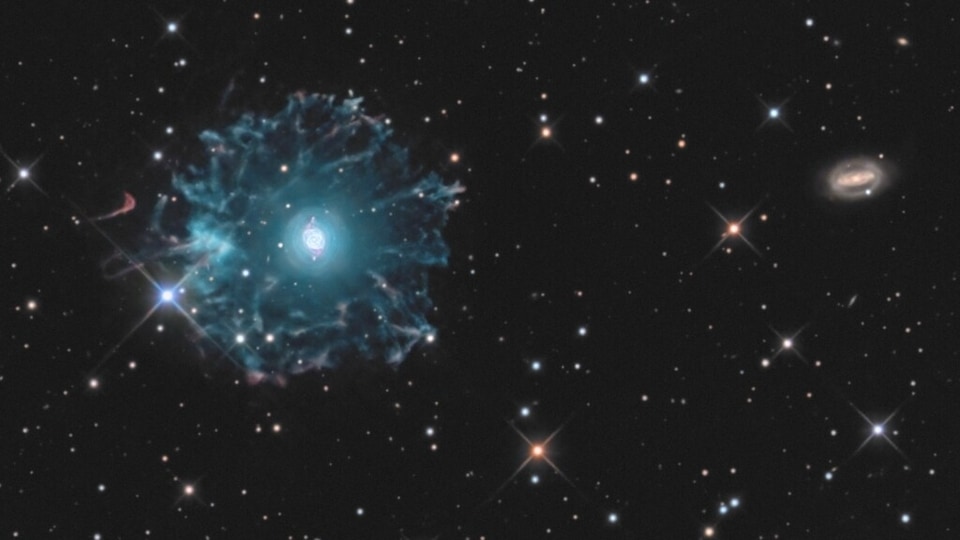
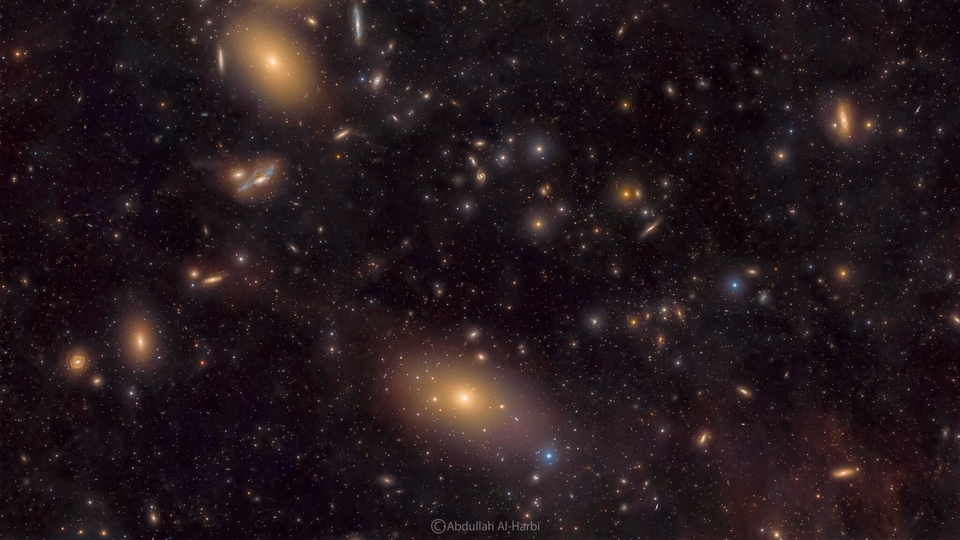

 View all Images
View all ImagesDo asteroids have moons? Certainly! Asteroids with their own moon are not exactly common in the solar system, but they are very much there. NASA reveals that more than 150 asteroids are known to have a small companion moon and even some have two moons. Last year, astronomers discovered a third moon orbiting the asteroid 130 Elektra.
NASA's Astronomy Picture of the Day has featured an asteroid that has a tiny moon! The robotic spacecraft Galileo had a notable encounter with two asteroids during its extensive interplanetary journey to Jupiter in 1993. One of the asteroids in focus was 243 Ida, and to the surprise of scientists, it was found to possess a moon.
While sharing the image, NASA explained that the tiny moon, named Dactyl, appeared as a small dot on the right side of the featured image. It measured a mere 1.6 kilometres in diameter. In contrast, the main asteroid Ida had a distinctive elongated shape resembling a potato, with dimensions of approximately 60 kilometres in length and 25 kilometres in width. The discovery of Dactyl marked the first confirmation of a moon orbiting an asteroid, a finding that has since revealed the existence of several asteroid-moon systems.
How did asteroid Ida and moon Dactyl get their name
Ida received its name from Moriz von Kuffner, an amateur astronomer and Viennese brewer, who chose to honour a nymph from Greek mythology. According to NASA, the nymph along with her sister Adrasteia, had the sacred duty of nurturing and safeguarding the infant Zeus. Dactyl got its name from the International Astronomical Union, getting inspiration from the mythological creatures that were believed to inhabit the renowned Mt. Ida situated on the island of Crete.
How asteroids can come to have moons
There are different theories about how asteroids can end up having moons. One theory suggests that when two asteroids crash into each other, one of them might get pushed out of its regular path and get trapped by the other asteroid, forming a moon. Another theory suggests that a small asteroid might get caught in the gravitational pull of a larger asteroid and start orbiting around it, becoming its moon.
By studying the moons of asteroids, scientists can learn more about what asteroids are made of and how they are structured. It can also help us understand the powerful forces that have shaped the solar system.
Catch all the Latest Tech News, Mobile News, Laptop News, Gaming news, Wearables News , How To News, also keep up with us on Whatsapp channel,Twitter, Facebook, Google News, and Instagram. For our latest videos, subscribe to our YouTube channel.





